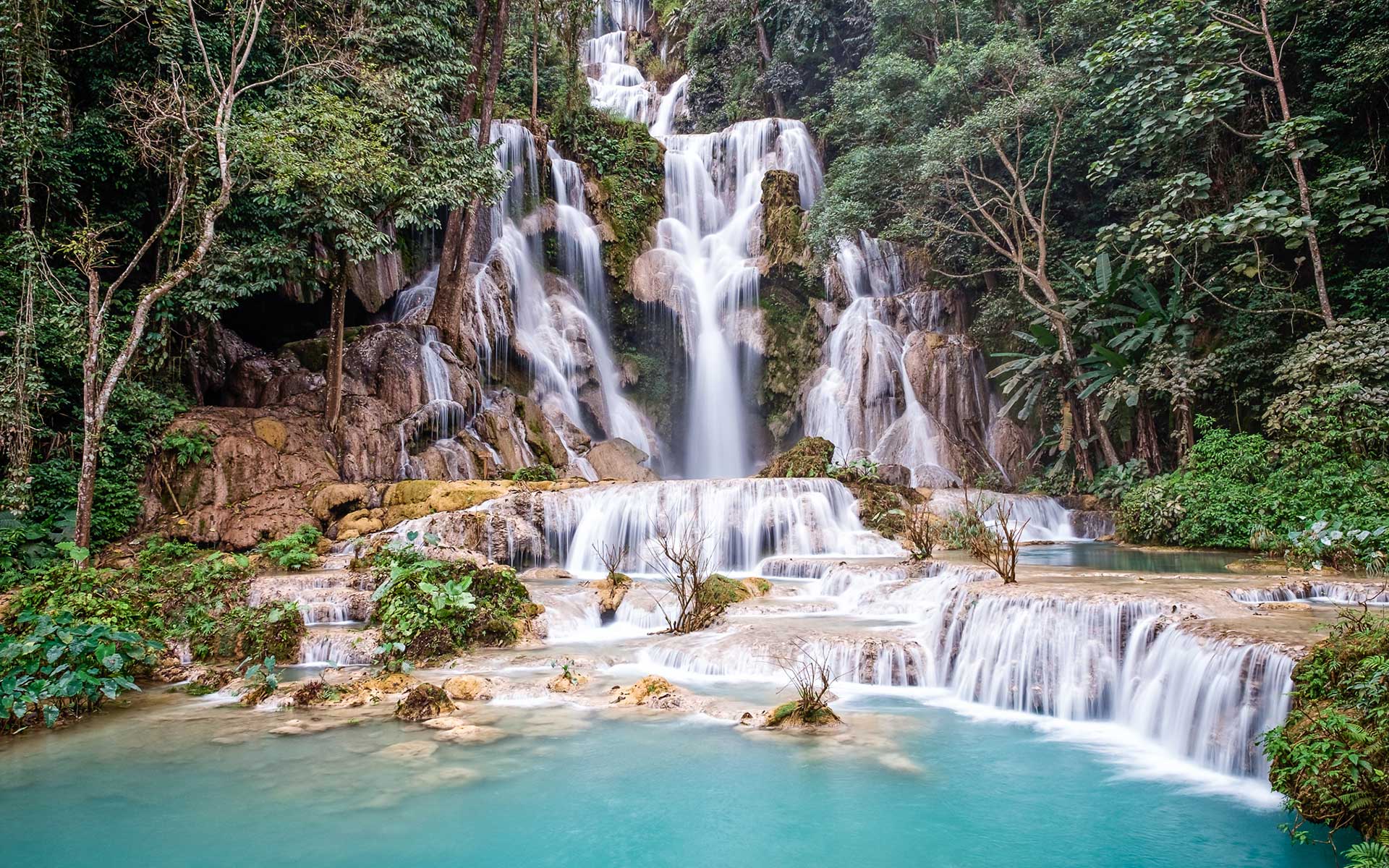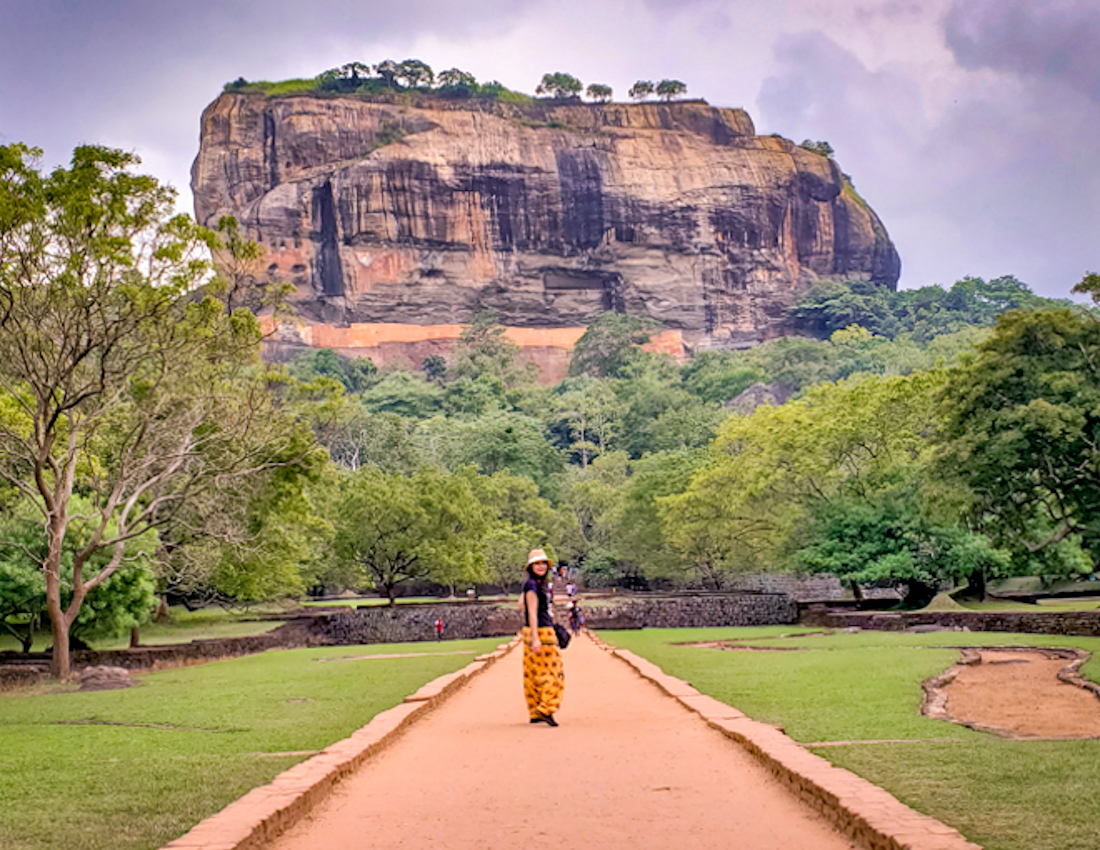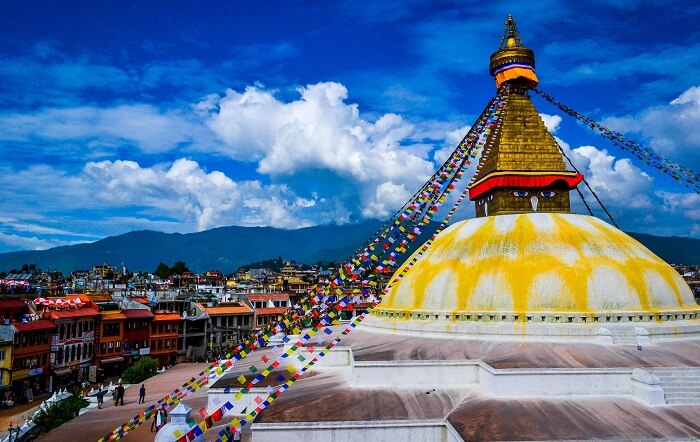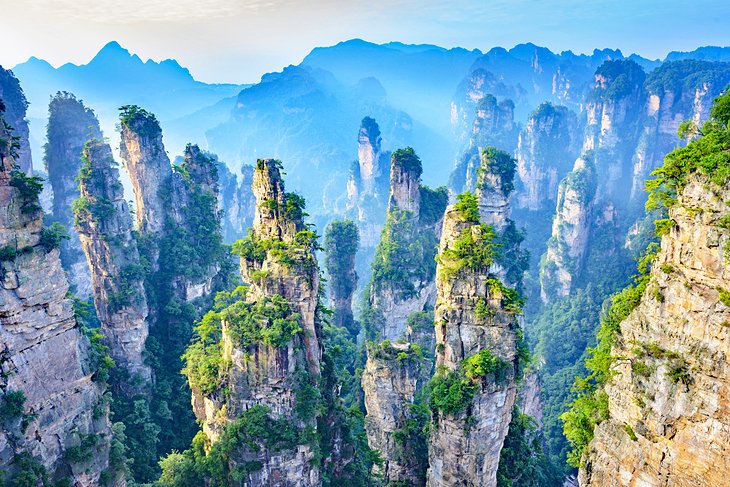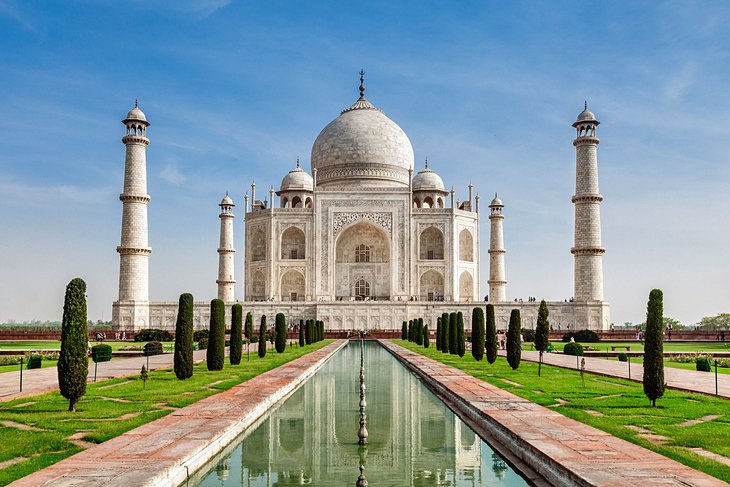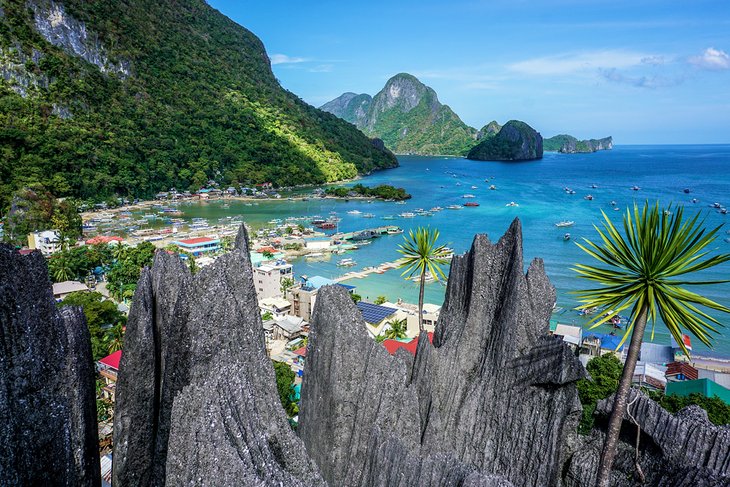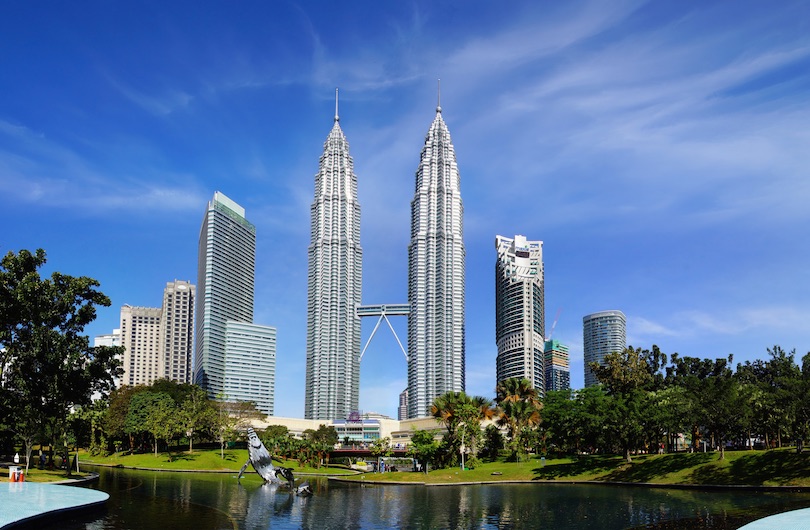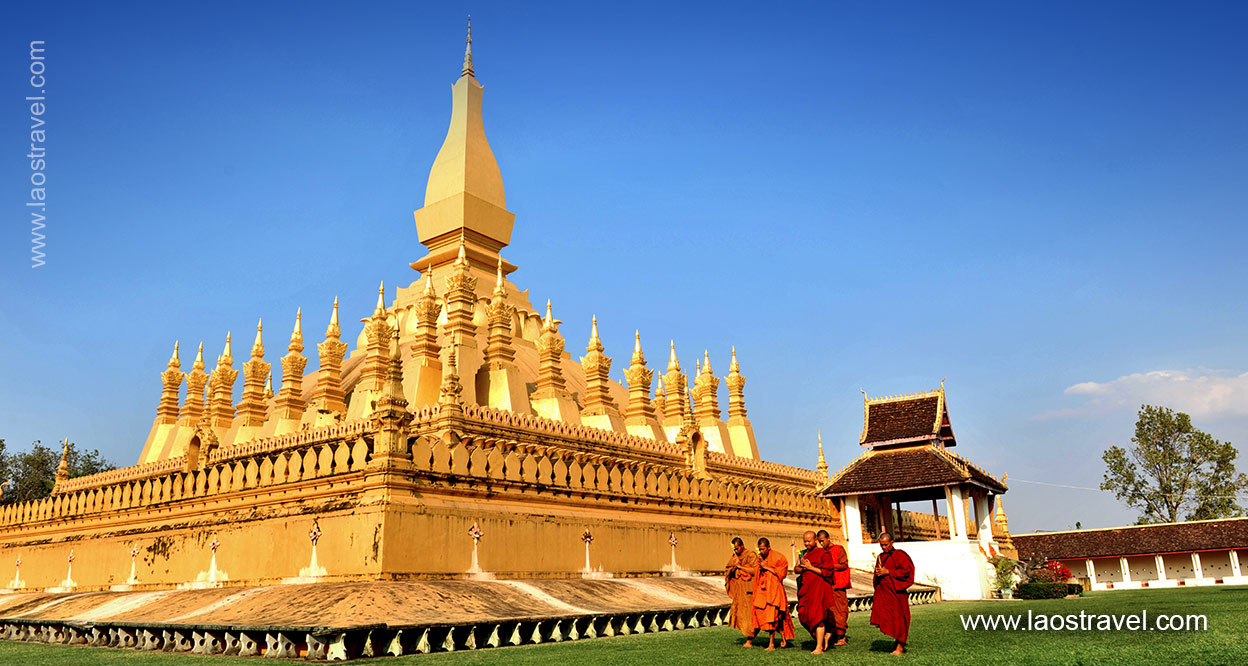
Laos, a landlocked gem nestled in the heart of Southeast Asia, often remains a hushed whisper amidst the boisterous clamor of its more popular neighbors. Yet, for those who seek authentic experiences, breathtaking natural beauty, and a profound sense of peace, Laos unfolds as a treasure trove of wonders. From the ancient spiritual heart of Luang Prabang to the dramatic karst landscapes of Vang Vieng and the laid-back charm of the 4,000 Islands, Laos offers a journey that resonates deeply with the soul. This article will delve into the best tourist attractions Laos has to offer, exploring its rich history, iconic landmarks, practical travel tips, culinary delights, and the best ways to navigate this captivating nation.
A Glimpse into Laos’ Storied Past
The history of Laos is a tapestry woven with threads of ancient kingdoms, colonial influences, and periods of profound struggle and resilience. The first recorded kingdoms emerged in the 14th century with the powerful Lan Xang kingdom, meaning "Land of a Million Elephants," which unified much of present-day Laos and parts of Thailand. This golden era was marked by a flourishing of Buddhism, art, and architecture, leaving an indelible mark on the country’s cultural landscape.
Related Articles about Laos: A Journey Through the Land of a Million Elephants and Tranquil Temples:
- The Lion City’s Roar: Your Ultimate Travel Guide to Singapore
- Thailand: A Tapestry of Enchantment – Your Ultimate Guide to the Land of Smiles
- Nepal: A Journey Through Mountains, Monasteries, and Ancient Kingdoms
- Echoes of Olympus: Unveiling the Best Tourist Attractions in Greece
- Indonesia: An Archipelago of Wonders – Your Ultimate Guide to Exploring This Tropical Paradise
In the 19th century, Laos gradually fell under French colonial rule, which brought about administrative changes and the introduction of Western infrastructure. Following World War II and the decolonization of Southeast Asia, Laos experienced a tumultuous period. The Indochina Wars, particularly the Vietnam War, had a significant impact, with Laos becoming heavily involved in secret bombing campaigns. Despite these challenges, Laos has emerged as a peaceful and welcoming nation, cherishing its cultural heritage and embracing a gentle pace of life.
Unveiling the Crown Jewels: Main Tourist Attractions
Laos boasts a diverse array of attractions that cater to every traveler’s curiosity and desire for discovery.
1. Luang Prabang: The Spiritual Heartbeat of Laos
Undoubtedly the jewel in Laos’ crown, Luang Prabang, a UNESCO World Heritage site, is a town that exudes an almost ethereal charm. Nestled at the confluence of the Mekong and Nam Khan rivers, it is renowned for its stunning temples, saffron-robed monks, and a remarkably preserved colonial architecture.
- Wat Xieng Thong: The most magnificent temple in Luang Prabang, Wat Xieng Thong, is an architectural masterpiece with its sweeping, multi-tiered roofs and intricate mosaics depicting scenes from Buddhist mythology.
- Mount Phousi: Climb to the summit of Mount Phousi for panoramic views of the town, the Mekong River, and the surrounding lush hills, especially breathtaking at sunrise and sunset.
- Morning Alms Giving (Tak Bat): Witness the serene and deeply spiritual ritual of monks collecting alms from devout locals at dawn. This is a profound cultural experience, but it’s crucial to observe respectfully from a distance and avoid disturbing the monks.
- Royal Palace Museum: Explore the former royal palace, which now houses a collection of artifacts, including Buddha images and royal regalia, offering insights into Laos’ monarchical past.
- Kuang Si Falls: A short drive from Luang Prabang, these cascading turquoise waterfalls are a natural wonder. Swim in the refreshing pools, explore the surrounding jungle, and visit the bear rescue center.
2. Vang Vieng: A Karst Wonderland and Adventure Hub
Once notorious for its boisterous backpacker scene, Vang Vieng has reinvented itself into a paradise for nature lovers and adventure seekers, showcasing dramatic limestone karst formations that rise majestically from emerald rice paddies.
- Blue Lagoons: Discover the mesmerizing turquoise waters of the Blue Lagoons, perfect for swimming and relaxing amidst stunning scenery.
- Tham Phu Kham (Cave of the Golden Buddha): Explore this impressive cave, which houses a large bronze Buddha statue and offers stunning stalactite and stalagmite formations.
- Kayaking and Tubing: Gently float down the Nam Song River, taking in the breathtaking karst landscapes. While tubing has become more regulated and less wild, it still offers a scenic way to experience the river.
- Hot Air Balloon Rides: For an unforgettable perspective, take a hot air balloon ride at sunrise or sunset for unparalleled views of the Vang Vieng valley.
- Hiking and Rock Climbing: The rugged karst terrain offers numerous opportunities for hiking to viewpoints and for experienced climbers to tackle challenging ascents.
3. Vientiane: The Laid-Back Capital
Laos’ capital, Vientiane, offers a more relaxed pace compared to other Southeast Asian capitals. It’s a city where ancient temples stand alongside French colonial buildings, and the Mekong River provides a constant, soothing presence.
- Pha That Luang: The most sacred monument in Laos, Pha That Luang, is a golden stupa that is a symbol of the nation. It’s particularly impressive when illuminated at night.
- Wat Si Saket: The oldest surviving temple in Vientiane, Wat Si Saket, features a cloister filled with thousands of Buddha images, offering a unique glimpse into Buddhist artistry.
- Patuxai: Known as the "Victory Gate," Patuxai is a war monument inspired by the Arc de Triomphe in Paris. Climb to the top for city views.
- Buddha Park (Xieng Khuan): Located outside the city, this park is filled with a fascinating collection of Buddhist and Hindu sculptures, creating an almost surreal landscape.
- Mekong Riverfront: Enjoy a leisurely stroll along the Mekong Riverfront, especially in the evening, where you can find local markets and enjoy the sunset.
4. The 4,000 Islands (Si Phan Don): Tropical Tranquility in the South
Further south, where the Mekong River widens into a vast expanse, lies the enchanting archipelago of Si Phan Don, or the "4,000 Islands." This region offers a slower pace of life, with a focus on relaxation and natural beauty.
- Don Det and Don Khon: These are the most popular islands for tourists, offering a laid-back atmosphere, guesthouses, and opportunities for cycling, swimming, and exploring local villages.
- Khone Phapheng Falls: The largest waterfall in Southeast Asia by volume, these powerful rapids are a spectacular natural phenomenon.
- Irrawaddy Dolphins: Take a boat trip from Don Khon to spot the rare Irrawaddy dolphins that inhabit this stretch of the Mekong.
- Ancient French Railway: Explore the remnants of the old French railway bridge and the ruins of the colonial infrastructure on Don Khon.
Navigating Laos: Essential Travel Tips
- Visa Requirements: Most nationalities require a visa to enter Laos. These can often be obtained on arrival at major entry points or applied for in advance. Check the latest requirements for your nationality.
- Currency: The official currency is the Lao Kip (LAK). US dollars and Thai baht are also widely accepted in tourist areas, but it’s advisable to carry Kip for smaller purchases and local markets.
- Language: The official language is Lao. English is spoken in tourist areas, but learning a few basic Lao phrases will be greatly appreciated.
- Respectful Dress: When visiting temples, dress modestly. Shoulders and knees should be covered. Remove your shoes before entering temple buildings.
- Bargaining: Bargaining is common in markets, but do so politely and with a smile.
- Patience: Laos operates on a more relaxed schedule. Embrace the slower pace and be patient, especially with transportation and service.
- Health: Consult your doctor about necessary vaccinations and malaria precautions. Drink bottled water.
- Connectivity: Wi-Fi is available in most hotels and cafes, though speeds can vary. Consider purchasing a local SIM card for better connectivity.
When to Visit: The Best Time for Your Laotian Adventure
Laos experiences a tropical monsoon climate, with distinct wet and dry seasons.
- Dry Season (November to April): This is generally considered the best time to visit. The weather is pleasant, with lower humidity and less rainfall, making it ideal for outdoor activities and exploring.
- Cool Dry Season (November to February): This period offers the most comfortable temperatures, particularly in the north.
- Hot Dry Season (March to April): Temperatures begin to rise, but it’s still a good time to visit, especially for those who don’t mind the heat.
- Wet Season (May to October): This season brings heavy rainfall, particularly in the afternoons. While it can disrupt travel plans, the landscapes are incredibly lush and green, and tourist numbers are lower, offering a more tranquil experience. River levels are higher, which can be good for boat travel.
Where to Rest Your Head: Nearby Hotels
Laos offers a range of accommodation options, from budget-friendly guesthouses to luxurious boutique hotels.
- Luang Prabang:
- Luxury: Rosewood Luang Prabang, Amantaka, Belmond La Résidence Phou Vao
- Mid-Range: The Luang Say Residence, Maison Dalabua, The Chi
- Budget: Many charming guesthouses are available throughout the old town.
- Vang Vieng:
- Luxury: Amari Vang Vieng (opening soon), Vang Vieng Mountain View Resort
- Mid-Range: Riverside Boutique Resort Vang Vieng, Viravongsa Boutique Hotel
- Budget: Numerous guesthouses and bungalows are available along the Nam Song River and in the town center.
- Vientiane:
- Luxury: The Luang Prabang Hotel, Settha Palace Hotel
- Mid-Range: Beau Rivage Mekong Hotel, Mercure Vientiane
- Budget: Many affordable hotels and guesthouses are scattered throughout the city.
- 4,000 Islands:
- Mid-Range/Budget: On Don Det and Don Khon, you’ll find a plethora of charming bungalows and guesthouses offering riverside views and a relaxed ambiance.
A Taste of Laos: Local Food Delights
Laotian cuisine is characterized by its fresh ingredients, fragrant herbs, and a delightful balance of flavors. It shares similarities with Thai and Vietnamese food but has its own distinct identity.
- Laap (Larb): The national dish, a flavorful minced meat salad (often chicken, duck, beef, or fish) mixed with herbs, lime juice, chili, and toasted ground rice.
- Tam Mak Hoong (Green Papaya Salad): A refreshing and spicy salad made with shredded green papaya, chili, lime, fish sauce, and often peanuts or dried shrimp.
- Khao Piak Sen: A hearty rice noodle soup, similar to pho, often served with chicken or pork and a variety of fresh herbs.
- Or Lam: A rich and savory stew made with vegetables, meat (often beef or chicken), and a unique ingredient called "ma-khout" (a type of edible bark that imparts a distinctive flavor).
- Mok Pa: Steamed fish wrapped in banana leaves with herbs and spices, resulting in a delicate and aromatic dish.
- Sticky Rice (Khao Niao): The staple carbohydrate of Laos, served in woven baskets and meant to be eaten with your hands.
- Lao Coffee: Strong and flavorful, often served with condensed milk.
Getting Around Laos: Transportation Options
Laos’ infrastructure is developing, and transportation can be part of the adventure.
- Air Travel: The most efficient way to travel long distances between major cities like Luang Prabang, Vientiane, and Pakse is by domestic flights. Lao Airlines is the primary carrier.
- Buses: A popular and affordable option for inter-city travel. Buses range from comfortable VIP coaches to more basic local buses. Journeys can be long and winding, especially through mountainous terrain.
- Minivans: Faster than buses and often more direct, minivans are a good option for shorter to medium distances.
- Boats: Cruising the Mekong River is a quintessential Laotian experience. Slow boats are a leisurely way to travel between towns like Luang Prabang and Huay Xai, offering scenic views. Speedboats are also available for faster transfers.
- Tuk-Tuks and Taxis: Widely available in towns and cities for short-distance travel. Negotiate fares before starting your journey.
- Motorbike and Bicycle Rental: An excellent way to explore towns like Luang Prabang and Vang Vieng at your own pace. Be aware of road conditions and traffic.
- Private Car and Driver: For greater comfort and flexibility, hiring a private car and driver is an option, especially for longer journeys or day trips.
Laos, with its gentle spirit, rich cultural heritage, and breathtaking natural landscapes, offers a travel experience that is both profoundly enriching and deeply peaceful. From the spiritual serenity of Luang Prabang to the adventurous allure of Vang Vieng and the tropical tranquility of the 4,000 Islands, this landlocked nation invites you to slow down, connect with nature, and discover the true meaning of serenity. Embark on a journey to Laos, and you’ll find a piece of your heart forever captivated by its timeless charm.
